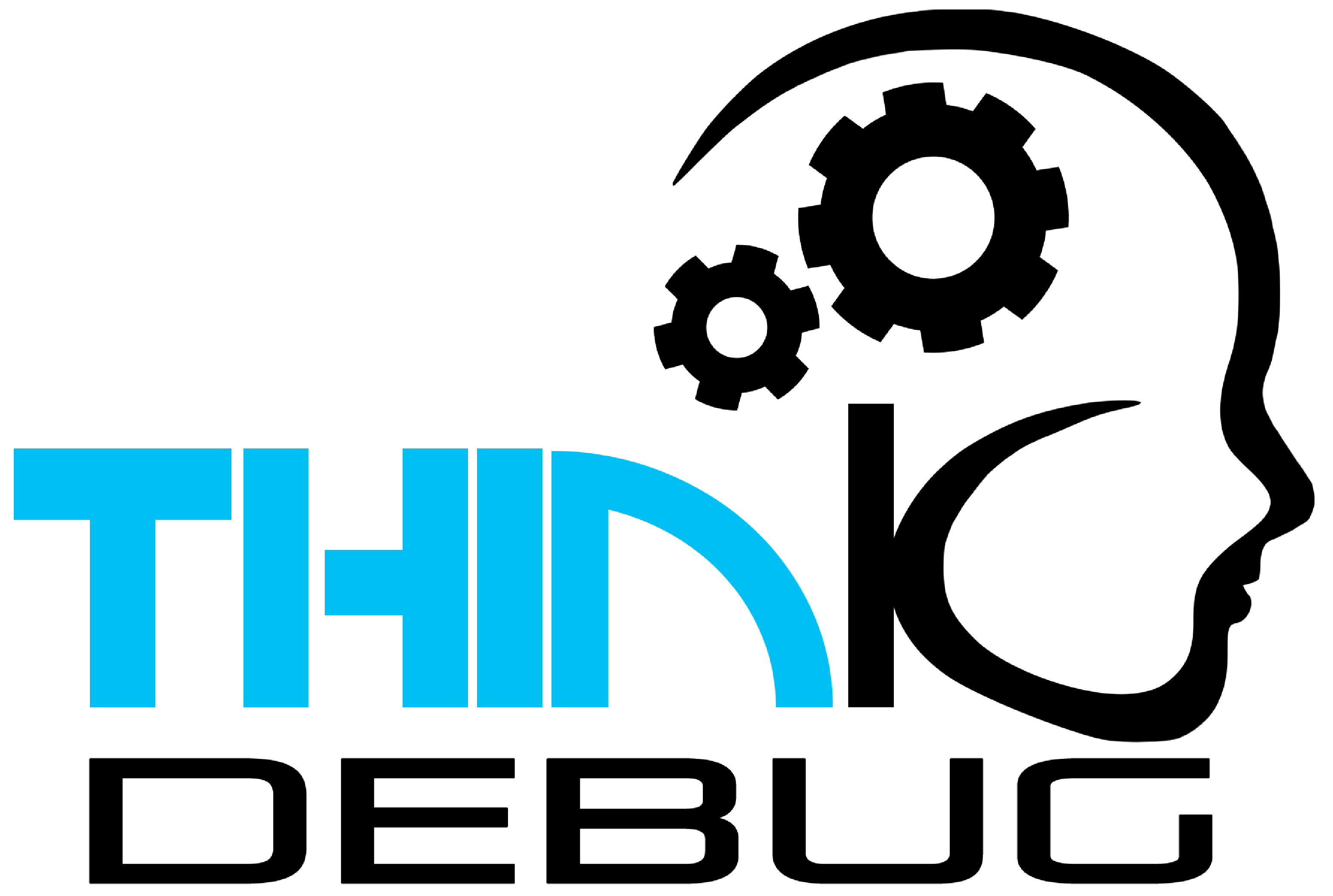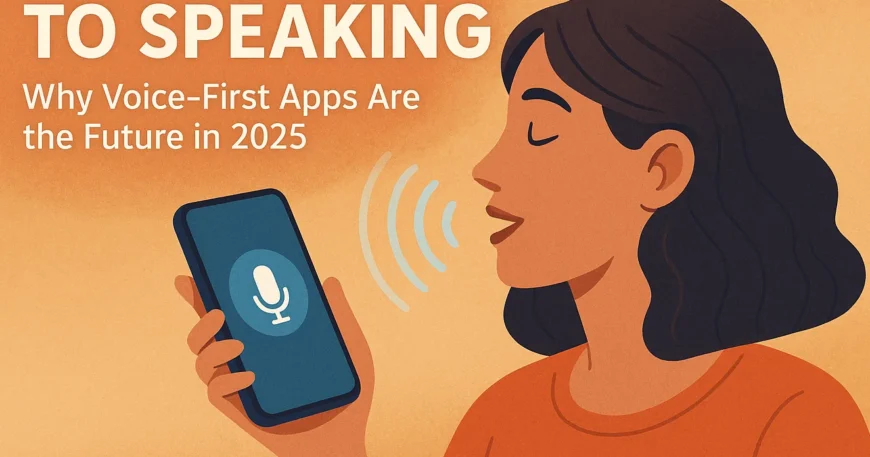Introduction
Ten years ago, we learned to swipe.
Today, users are starting to speak to apps — and expect them to understand.
From Alexa and Siri to WhatsApp voice notes, users now prefer talking over typing.
In 2025, Voice-First Apps are no longer experimental — they’re essential.
Let’s explore how voice is changing the game (and how to stay ahead of it).
What Are Voice-First Apps?
Voice-first apps are designed with spoken input as the primary way to interact.
They use technologies like:
- Speech Recognition
- NLP (Natural Language Processing)
- Voice Feedback (Text-to-Speech)
Examples:
- Food ordering via voice (no taps needed)
- Healthcare symptom checkers
- Booking apps with voice scheduling
- Smart home dashboards
Why Voice-First Is Growing in 2025
1. Faster, Hands-Free Convenience
Users can get things done while driving, cooking, walking — without looking at their phones.
2. Inclusive & Accessible UX
Helps users who:
- Have disabilities
- Struggle with small screens
- Prefer regional languages
3. Rise of Multilingual India
Voice tech supports local languages — Hindi, Gujarati, Marathi, Tamil, etc.
4. AI + Voice = Smarter Experiences
Voice apps powered by AI can personalize, recommend, and even hold conversations.
Voice UI Challenges to Consider
- Background noise & accents
- Privacy and data sensitivity
- Not ideal for all app types (e.g., banking inputs)
That’s why smart planning is key — which is what ThinkDebug helps with.
Industries Benefiting from Voice-First Apps
- Automotive (hands-free navigation & controls)
- Healthcare (symptom tracking, appointment booking)
- eCommerce (voice-based search)
- Education (language learning, quizzes)
- Smart Homes (IoT control)
How ThinkDebug Builds Voice-First Apps
At ThinkDebug, we use:
- Google Dialogflow & Amazon Lex for NLP
- Speech-to-Text APIs (Google, Wit.ai, etc.)
- Multilingual voice support for Indian users
- Custom UI + fallback touch options for hybrid experiences
We don’t just build apps. We build next-gen interfaces.
How to Decide If Voice UI Is Right for Your App
Ask:
- Is your app used in multitasking scenarios?
- Do your users speak more than they type?
- Can your core actions be simplified through speech?
If yes — a voice-first or voice-enhanced app is the future.
Conclusion + CTA
Voice-first is not just a trend. It’s a shift — from screens to speech.
Your users are talking.
Is your app ready to listen?
📞 Want to explore voice-enabled apps? Talk to ThinkDebug — we build what’s next.





